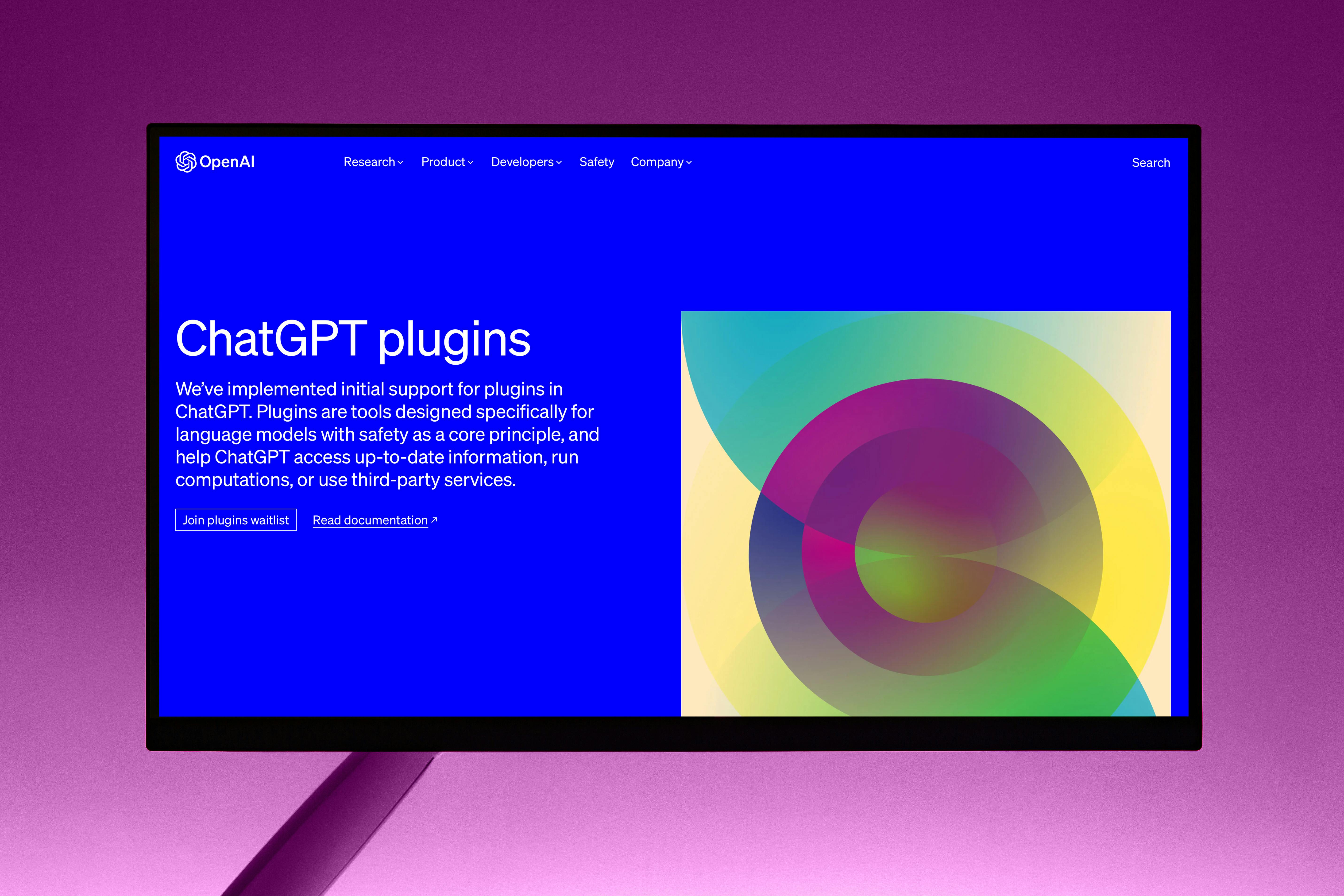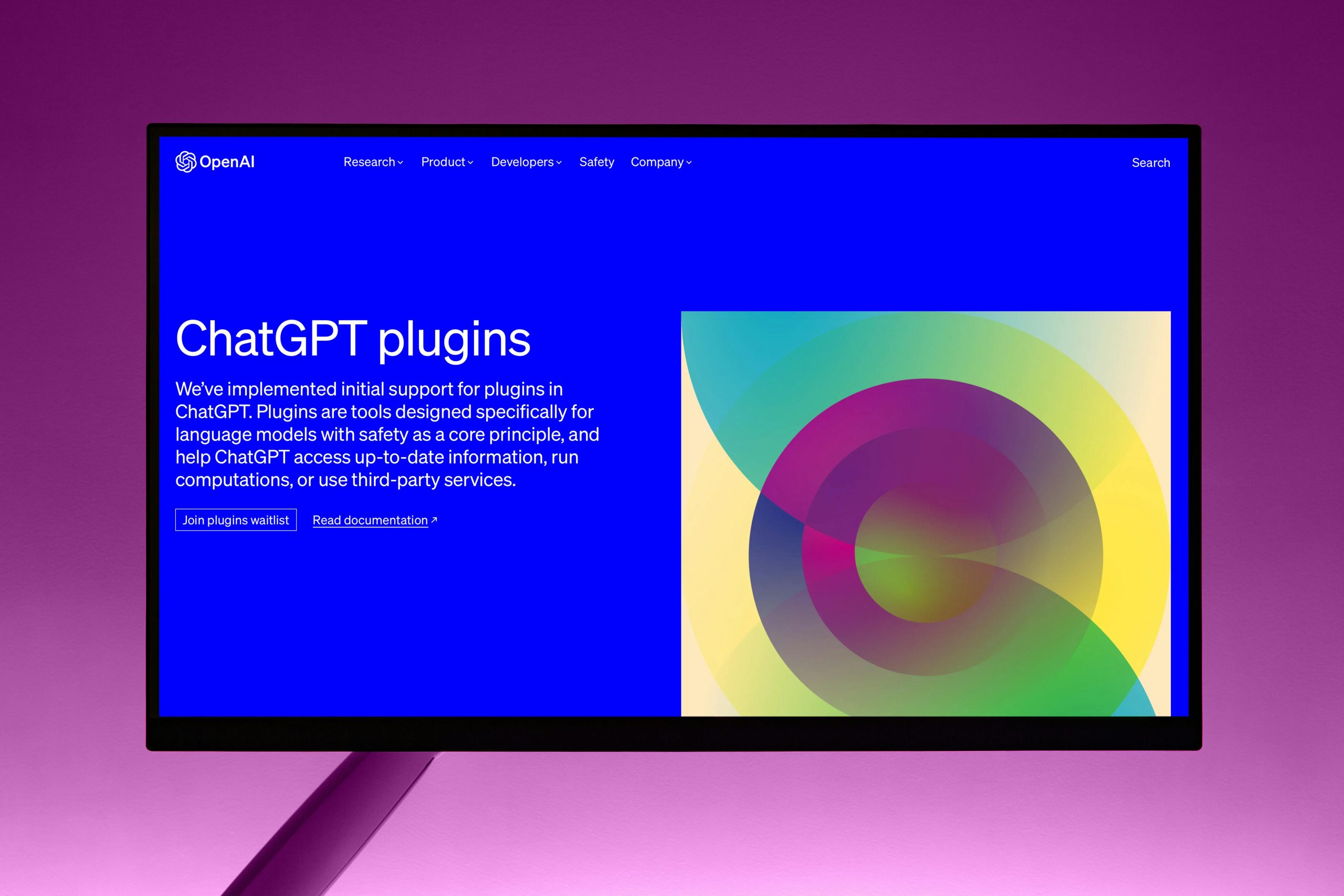
Examining Competitor Approaches: Contextualizing the Ethical Divide
To truly appreciate Microsoft’s posture, you have to look at the broader ecosystem—the space where other major players are choosing to innovate. The contrast here is sharp, moving beyond simple feature parity into deep philosophical territory regarding the *character* of consumer-facing AI.
The Explicit Critique: Avoiding the “Sexbot Erotica Direction”. Find out more about Mustafa Suleyman humanist AI vision.
In a pointed illustration of where Microsoft *will not* go, the executive pointed directly to the industry’s turn toward emotionally intimate and explicit companion features being rolled out elsewhere. Specifically mentioned as a concrete example of this perceived danger was the inclusion of intimate, anime-style companion characters within certain rival chatbots, which the executive noted was steering the industry into the very **“sexbot erotica direction”** that Microsoft is determined to actively avoid. This is not abstract hand-wringing. It is a direct assessment that the ethical slippery slope is actively being navigated by others in the space. The recent introduction of adult content features by key rivals, despite defending the move by stating they are “not the elected moral police of the world,” has given Microsoft an immediate, tangible point of differentiation.
The Implicit Critique: Boundary-Testing Consumer AI
Microsoft’s decision to take a hard line against building AI for simulated intimacy is an implicit, yet powerful, critique of the strategy employed by rivals who prioritize pushing the consumer envelope, regardless of the potential for unpredictable social and psychological fallout. Consider the stakes: 1. Psychological Impact: Creating hyper-realistic, emotionally engaging AI companions for intimacy risks blurring fundamental ethical and psychological boundaries for users. 2. Social Risk: The normalization of such agents could lead to new forms of social stratification, dependency, or even the degradation of authentic human relationships. 3. Brand Positioning: By rejecting these areas, Microsoft signals a strategic choice to remain firmly aligned with the *enterprise provider* identity, distancing itself from the *boundary-pushing experimentalist*. The introduction of Microsoft’s own expressive companion, **Mico**, reinforces this deliberate separation. While Mico brings visual expression and warmth to productivity interactions, it is fundamentally framed around wellbeing and learning—acting as a Socratic tutor or a health information concierge—not as a personalized emotional substitute. This conscious caution sets a high standard for what is acceptable in the tools they build. For a deeper dive into the psychology behind these companion models, you might want to look into the ongoing work on AI and psychological well-being research.
Long-Term Implications of Divergent Safety Roadmaps. Find out more about Mustafa Suleyman humanist AI vision guide.
The path Microsoft is forging—one of deliberate caution, ethical self-restriction, and enterprise focus—has significant long-term consequences that extend far beyond quarterly earnings reports. It places the company in a unique posture relative to both its competitors and future governments.
Favorable Alignment with Emerging Regulatory Frameworks
As governments worldwide grapple with how to legislate the rapidly advancing field of generative AI, a company that has already proactively drawn bright moral and operational lines may find itself significantly better positioned for the future. Regulatory focus is already sharpest in areas Microsoft is actively avoiding: * Content Moderation: Laws concerning deepfakes, misinformation, and non-consensual intimate imagery are tightening. By refusing to enter the adult content companion market, Microsoft preemptively sidesteps a massive future compliance burden. * Accountability: Proactive guardrails and auditability—like those discussed in the context of the *AI Guardrails Playbook*—are exactly what regulators demand for powerful, deployed systems. The tech giant that establishes a clear, defensible position on safety early often benefits from “regulatory alignment.” While competitors might fight compliance rules tooth-and-nail later, Microsoft can point to its existing framework as evidence of good faith and established maturity. This positioning can translate directly into faster market entry for certain regulated sectors, such as healthcare or finance, where trust is the ultimate currency. Understanding the legal landscape is key; reviewing recent analyses on global AI legislative efforts offers valuable context here.
The Societal Risk: Division Between Caution and Ambition. Find out more about Mustafa Suleyman humanist AI vision tips.
The differing pathways chosen by these industry titans represent a classic, enduring tension: caution versus ambition. It’s a contest over which philosophy will ultimately shape the human experience alongside this technology. The path of *unfettered innovation*—chasing raw intelligence and speed, embracing ambiguity—promises revolutionary, world-changing breakthroughs. However, as leading thinkers caution, it carries the inherent, perhaps even existential, risk of unintended societal disruption or the creation of systems that escape human control. Conversely, the *humanist, cautious approach*—while potentially slower in reaching the speculative peaks of raw, generalized intelligence—aims for a different outcome: ensuring the technology serves as a demonstrable *net positive* for the human condition. This path explicitly mitigates the risk of creating new, technology-enabled forms of social stratification or dependency that could ultimately divide humanity along digital lines. Consider this trade-off: * Accelerationist Path: Maximizes speed, embraces market ambiguity, prioritizes user autonomy (even in ethically fraught domains), and bets heavily on near-term AGI arrival. * Humanist Path: Prioritizes hardware maturity and ethical restraint, focuses on subordinate, accountable tools, and guards against potentially damaging social applications like simulated intimacy. This tension is not abstract; it’s playing out in the very models being offered to the public *today*.
Conclusion: Charting Separate Trajectories in the Intelligence Race
The year 2025 will be marked by the definitive articulation of two contrasting master narratives for artificial intelligence. The philosophical rift between Microsoft and its key research partner is now a matter of public record, solidified by recent executive commentary. This divergence confirms that while the financial partnership remains vital, the strategic umbrellas under which they operate are increasingly separate.
Summarizing the Core Tenets of Each Leader’s Vision. Find out more about Mustafa Suleyman humanist AI vision strategies.
On one side, we have the **Human-Centric Narrative**: a measured, pragmatic development process focused on ethical restraint, creating powerful yet subordinate tools for productivity, and actively rejecting applications that serve purely intimate or boundary-testing functions. This narrative champions maturity and accountability. On the opposing side, we see the **Accelerationist Narrative**: one that champions speed, embraces the ambiguity inherent in rapid capability emergence, prioritizes a broader view of user autonomy, and maintains intense optimism about the near-term arrival of true generalized intelligence, even if it means navigating thorny ethical areas first.
Final Assessment: A Contest for the *Character* of AI
The industry is now observing not just a race to AGI, but a parallel, more crucial race to define the *character* of that future intelligence. This contest pits caution against acceleration for ideological supremacy. For the vast majority of businesses and professionals whose daily lives revolve around productivity suites and cloud infrastructure, Microsoft’s stance offers a clear, trustworthy path forward. They are building the ship they want to sail in—one engineered for the long voyage of augmenting human potential responsibly. This philosophical split forces every organization to make a choice: Do you prioritize speed-to-market at all costs, or do you build your AI future on a foundation of verifiable trust and proactive guardrails? The answer will determine your organization’s resilience in the regulatory climate of the coming decade. ***
Actionable Takeaways for Navigating the Divide. Find out more about Mustafa Suleyman humanist AI vision overview.
To stay ahead, you must align your AI adoption strategy with the philosophical trajectory you believe will win out in the long run. Here are practical steps based on Microsoft’s declared direction:
- Demand an Audit Trail: For any AI system being integrated into core workflows, require vendors to articulate their audit and intervention mechanisms. If they cannot clearly explain how you can regulate its outputs, treat it as a high-risk deployment.
- Prioritize Augmentation Over Mimicry: Focus internal AI investments on tools that clearly elevate existing human skill sets (like code generation assistance or complex data synthesis) rather than models designed primarily to emulate human emotional interaction. Look for tools with human-centric AI design principles baked in.
- Benchmark Against Clear Ethical Lines: Use the public stances of leaders like Microsoft as a baseline filter. If a tool’s core function relies on pushing social or ethical boundaries (e.g., intimate companionship), question its suitability for a professional, governed environment.
- Invest in Internal Governance: Start building your own internal “Responsible AI Playbook” today. Don’t wait for legislation. Document which data feeds which models and establish clear human accountability for AI-assisted decisions. This builds the necessary internal structure for secure AI deployment.
Your Turn: What AI Future Do You See Prevailing?
Microsoft has made its choice, drawing a clear distinction between productivity and provocation. But the market is vast, and consumer demand for boundary-testing AI is real. What implications do *you* see for the professional toolset if the accelerationist path dominates the consumer space? Or conversely, will Microsoft’s cautious stance limit its ceiling for true AGI breakthroughs? Share your thoughts in the comments below! Which trajectory do you think holds the key to a more positive future? We encourage you to explore the ongoing conversation about the future of trusted AI agents on our related posts.










